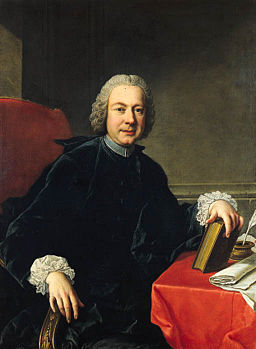
In 1791, impresario Domenico Guardasoni commissioned Wolfgang Amadeus Mozart to compose an opera seria in honor of the coronation of Leopold II, Roman Emperor, as King of Bohemia. At the time, Mozart was already engaged in writing Die Zauberflöte. Guardasoni had been approached about the opera in June, and its opening was slated for early September.
From wikipedia:
In a contract dated 8 July, Guardasoni promised that he would engage a castrato “of leading quality” (this seems to have mattered more than who wrote the opera); that he would “have the libretto caused to be written…and to be set to music by a distinguished maestro”. The time was tight and Guardasoni had a get-out clause: if he failed to secure a new text, he would resort to La clemenza di Tito, a libretto written more than half a century earlier by Pietro Metastasio (1698–1782).
Mozart had previously displayed his ability to work on a tight timeline, and Guardasoni knew he was up to the task. Ultimately it was decided that the text La clemenza di Tito, libretto by Pietro Metastasio, would be used. The text was revised by court poet Caterino Mazzolà, who among other edits, merged the three-act opera into two. Clearly some of the intent behind using La clemenza di Tito had to do with its theme: it is based upon the life of Roman Emperor Titus. It is also worth noting that Metastasio’s libretto had already been set by almost 40 other composers!
La clemenza di Tito was composed in the last year of Mozart’s life, and some say he struggled with the composition. His wife Constanze had recently given birth to their sixth son, Franz Xaver Wolfgang. Under tremendous time pressure, he composed nearly around the clock. Mozart did not care whether the opera succeeded, simply taking the musician’s fee (twice the fee he had collected on a recent similarly-sized opera) so that he could return home and resume work on The Magic Flute and The Requiem Mass.
La clemenza di Tito was Mozart’s first opera to reach London. The opera remained quite popular for a number of years following Mozart’s death.
From the IPA Source database, La clemenza di Tito:
- Ah, se fosse intorno al trono
- Deh per questo istante solo
- Deh se piacer mi vuoi
- Del più sublime soglio
- Ma che giorno e mai questo
- Non piu di fiori
- Parto, ma tu, ben mio
- S’altro che lacrime
- Se all’impero, amici Dei
- Tardi s’avvede d’un tradimento
- Torna di Tito a lato
- Tu fosti tradito
Listen to the entire opera:
